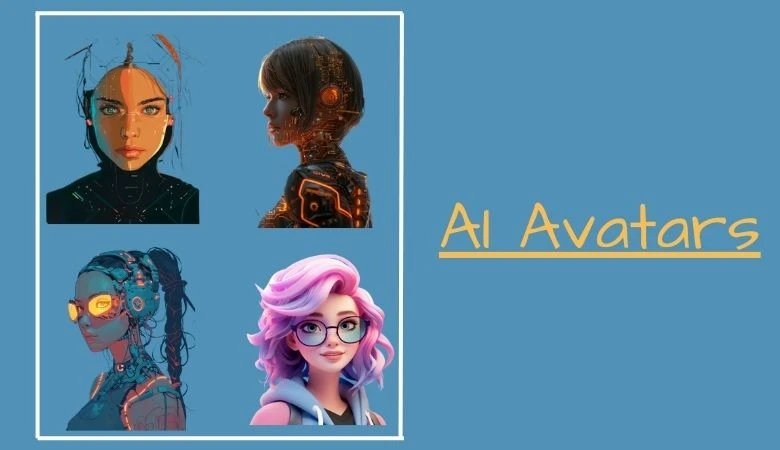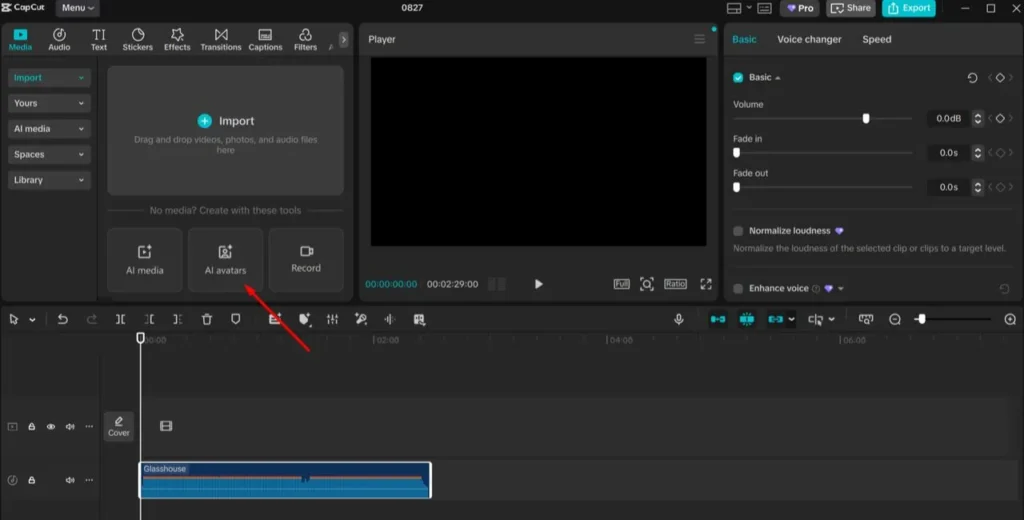Exploring the Psychology of AI Avatars: How Real Should They Be?

Technology is changing how we see ourselves online. Today, you don’t need to be a graphic designer to create a digital version of yourself. Tools like an AI image generator let anyone create unique and creative images in seconds. These tools can build fun cartoon versions, professional headshots, or even very realistic faces.
But as these avatars become more realistic, an important question comes up: How real should they be? Should they look exactly like us, or is it better to keep them fun and less realistic? To answer this, we need to explore the psychology of how people react to digital faces and characters.
The Rise of AI Avatars
What Are AI Avatars?
An AI avatar is a digital character created using artificial intelligence. Unlike simple pictures or emojis, avatars can be designed to look almost human or completely cartoonish. People now use them on social media, for online games, in business meetings, and even in customer service.
Why They Are Becoming Popular
- Personal branding: Influencers and professionals use avatars to stand out.
- Entertainment: Avatars are used in music videos, movies, and games.
- Communication: People feel more comfortable using avatars in video calls instead of their real faces.
This rising trend shows that avatars are more than just fun. They are changing how we interact, build trust, and express identity online.
The Psychology of Realism
Human Connection With Faces
Humans are naturally drawn to faces. Even babies react to faces before they react to anything else. That is why realistic avatars make people feel closer to the person behind them. A friendly smile or realistic eye contact from an avatar can build trust very quickly.
The Uncanny Valley Effect
However, there is a limit. When avatars look almost human but not quite perfect, people feel strange or uncomfortable. This feeling is called the uncanny valley. It happens because the brain expects a fully real face, but the avatar looks “off” in small ways. Too much realism can actually reduce trust instead of building it.
How Real Should They Be?
Advantages of Realistic Avatars
They build authenticity: A realistic avatar can make you appear serious and trustworthy.
They help with professional uses: Companies often prefer avatars that look polished and lifelike.
Drawbacks of Realistic Avatars
They can confuse people about what is real and what is not.
They might create ethical issues like deepfakes or identity misuse.
Benefits of Stylized Avatars
- They are fun, safe, and creative.
- They avoid the uncanny valley problem.
- They are perfect for entertainment and casual use.
So, the best choice depends on where you want to use your avatar. A business meeting might need a realistic avatar, while a gaming profile might work better with a cartoon-style one.
The Role of AI Image Generators
How They Help
An AI image generator is not just for making avatars. It can create all kinds of images—art, product designs, or even fantasy characters. These tools give everyone access to creativity without needing special skills.
Creativity and Control
Users can choose if they want something lifelike or something totally fictional. This freedom lets people design avatars that reflect their personalities, moods, or even future dreams. It is like having a digital mirror that can show different versions of yourself.
Practical Guide: Using CapCut’s AI Avatar Generator (Desktop Version)
CapCut has become one of the most popular platforms for creating avatars. The desktop version makes it very simple to create an avatar that looks real or playful.
3 Simple Steps to Make an AI Avatar in CapCut
1. Go to AI Avatar Generator
Start by clicking on the AI Avatar option located on the homepage of the CapCut desktop video editor.

2. Upload your Photo(s) and Create Avatar
In the AI avatar generator, you can create your own avatar by simply uploading your picture. Once your image is uploaded, you can easily customize it’s appearance, background and frames. Moreover, you can also change it’s voice and make them speak anything you want by just adding your desired script.
Not only this, you can also choose pre-designed avatars from avatar library. There are plenty of designs according to your needs.

3. Export Your Avatar
Once you are satisfied with your avatar. Click on the Export button and the top-right corner, adjust the rendering settings and then again click on the Export button.
This short process makes avatar creation easy for anyone, whether for work, gaming, or fun.

The Future of AI Avatars
Growing Use in Daily Life
We will soon see avatars in classrooms, virtual offices, and even online shopping. They might answer customer questions, represent brands, or act as personal assistants.
Emotional Design
Future avatars will not just look real; they will also feel real. They may show emotions like happiness, sadness, or surprise in a natural way. This will make digital communication feel more human.
Ethical Questions
As avatars become more realistic, society must discuss:
- How do we stop fake identities from causing harm?
- Should there be limits on hyper-realistic avatars?
- How do we balance freedom of creativity with safety?
Conclusion
AI avatars are not just about fun filters anymore. They are shaping how we connect, communicate, and even do business. Realism has its benefits but also its dangers. Sometimes, a simple cartoon-style avatar can be more effective than a hyper-realistic one.
Thanks to tools like CapCut’s AI Avatar Generator and AI Image Generator, everyone can now create avatars that match their goals. The choice of how real they should be is up to each user—and that choice will define how we present ourselves in the digital future.






